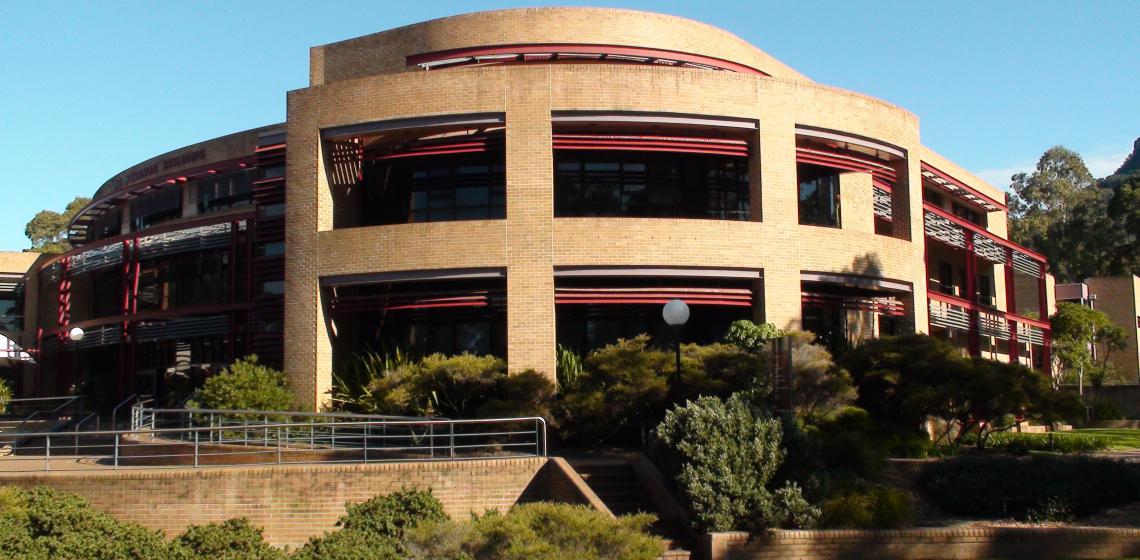
As archaeologists, we study the culture and lifeways of ancient people. However, because culture does not preserve, archaeologists have to reconstruct past behaviours from material remains. To do this, archaeologists conduct experiments to evaluate the range of activities that may have taken place in the past.
These experiments can range from the making and using of Palaeolithic stone tools to reconstructing prehistoric houses, transporting megalithic structures, and ocean voyaging. By replicating these ancient activities, researchers can generate and test ideas about the technology and knowledge of past people.
What does an Experimental Archaeologist do?
Archaeological experiments often take the form of replicating ancient structures or artefacts using materials, tools and techniques that were possibly used by past people. This form of experimentation has been referred to as ‘replicative’ or ‘actualistic’ experiment because the focus is placed on the consistent replication of archaeological remains. More recently, archaeologists have emphasised the use of a scientific framework for archaeological experimentation, where a greater focus is placed on the design and control of experiments for testing specific hypotheses about past activities.
What do we do at CAS?
CAS has a dedicated experimental laboratory for stone tool experimental research. Here, CAS researchers employ both flintknapping and controlled flaking to understand prehistoric stone tools. In particular, CAS houses a custom-built, mechanical flaking machine (‘Rogi’) that can simulate the stone flaking process under a controlled setting. In this way, CAS researchers are able to isolate and quantify the influence of specific knapping parameters, such as the shape of the core, the shape and material of the hammer, and the angle and location of the hammer impact. These fundamental properties, once verified experimentally, can be effectively applied to archaeological data to understanding change in past stone knapping techniques. Another focus of the CAS experimental laboratory is to evaluate the effect of heat treatment on different stone types. By using the mechanical flaking machine and a dedicated oven furnace, current CAS projects are examining the influence of source variation and heating temperature on the flaking properties of siliceous raw material from Australia, South Africa and Indonesia.
To expand the scope of our experimental research at CAS, we collaborate with other researchers in Geology and Engineering at the University of Wollongong to better characterise the mechanical properties of archaeological materials. This includes applying techniques such as petrographic analysis, scanning electron microscopy, X-ray florescence/diffraction, and hardness testing to understand how different physical characteristics may have influenced the technological decisions and strategies of ancient people.
Text: University of Wollongong
Photo by JVPurvis - Own work, CC BY-SA 3.0, https://commons.wikimedia.org/w/index.php?curid=7155682
